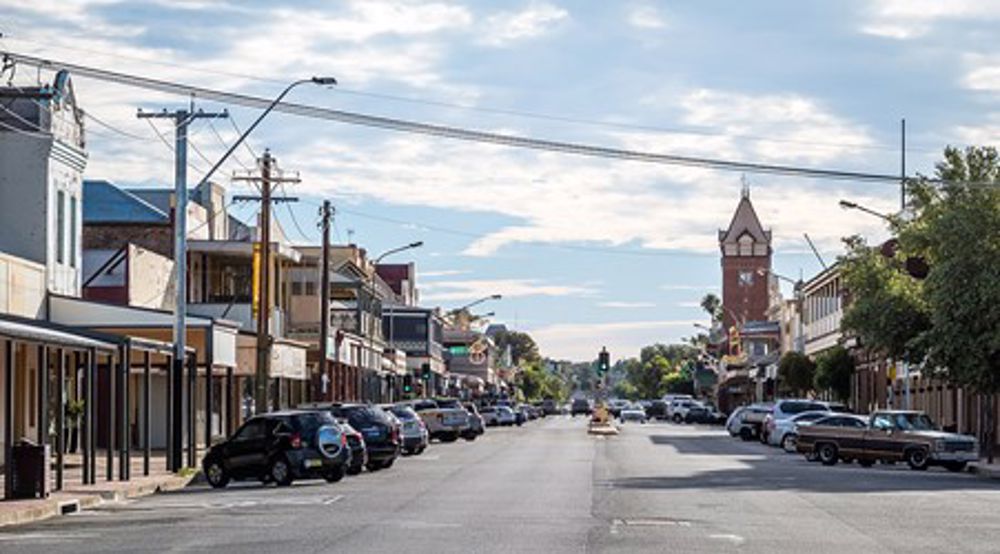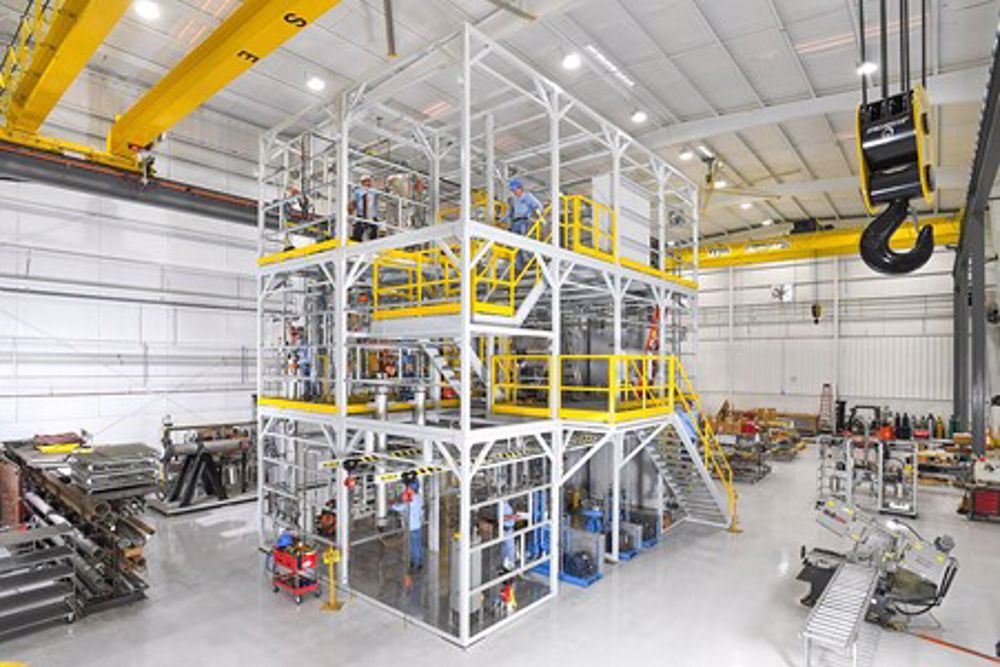My times as an employee in Australia
After having dared to politely decline an offer from consulting firm Foster Wheeler Ltd in London, my wife and I decided to give Australia a go even though I could not get any job offers ahead of getting here.
We were assisted migrants (£10 Poms) and arrived in Sydney by air in August 1970. It was quite a culture shock – all those rough-looking iron roofs. We stayed at a government migrant hostel in Dulwich Hill – not a great suburb then and were shunted off to a local Chinese café for breakfast each day. We really did wonder what we had done.
Before leaving I had contacted the mining companies in Broken Hill, though none had made an offer. Nevertheless, we went there - travelling by overnight train. We wondered why everyone else carried blankets and wore warm clothing – after all this was Australia. Learning about the Broken Hill mines, the traditions and the superstitions were enlightening, but I was still not offered a position.

Next we travelled to Melbourne where I was offered several positions. I accepted one with the Chemical Plant & Engineering (CPE) division of Industrial Engineering Limited. It was here that I was introduced to the then Aussie practice of lunch at the pub with several ales and end of week Friday ‘celebrations’ – on one such occasion I had great difficulty finding my way home. Fortunately, I surmised that I could get too used to this and stopped in time. The chief at CPE George Leckey, gave me his copy of a book, Chemical Industries 1942, Sixteenth Edition, Editor Leo Ivanovszky, which I now treasure.

My job was to develop pilot plant and to run trials on them for clients ahead of their consideration to buy. My work was with spray dryers, belt dryers, ring dryers, vibrating screen separators, grinding plant and ultrasonic separators. There were several interesting and exciting incidents when commissioning plants at clients’ premises.
I was production manager of the PVC pipe production plant at Humes Limited for a short while and then I worked for eleven years as the safety and environment engineer at B F Goodrich Chemical Ltd. At last, a proper chemical company where ethylene dichloride (EDC) feedstock was thermally cracked to form vinyl chloride monomer (VCM) which became feedstock for catalytic polymerisation in high pressure reactors, to polyvinyl chloride (PVC), the end product.
We manager-level folk had to produce a fortnightly progress report, and these were circulated. Because of my role and more particularly my tendency to say things as they were and to be outspoken, apparently mine were the ones most read. After a while, the company became fed up with my frankness particularly if it was in writing and eventually my services were no longer required!
Credit where it is due however, the company allowed me to go to university part-time to study towards a master’s degree. In February 1982 when a vinyl chloride hortonsphere valve was accidentally opened, and 676 tonnes of vinyl chloride escaped to atmosphere, I was well-equipped to model what had happened and to explain why an unconfined vapour-cloud explosion (UVCE) did not happen. I wrote the model up as the minor thesis for my master’s degree.
Next, I worked as a contract engineer with several organisations including the STS Young Endeavour, then I commenced my current career as principal partner of I F Thomas & Associates in 1990, where presently my main work is as an expert witness when things chemical, go wrong.